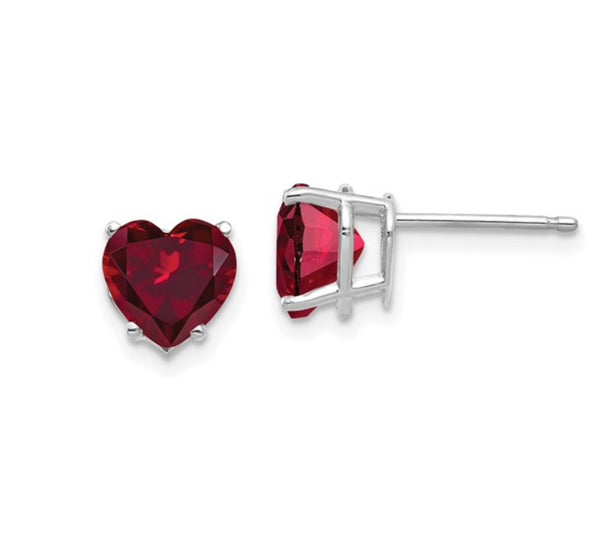
The biggest fear in the natural diamonds industry is that consumers will start accepting lab-grown diamonds in engagement rings. Too late, it is already happening. Cost is the most obvious reason.
The ban of Russian diamonds means US businesses are experiencing record low level supply of natural diamonds and the weight of geopolitical tension will affect diamond prices greatly.
Lab-grown diamonds have become so popular with consumers that some are asking jewelers to swap the natural diamond in their rings for something bigger and cheaper.
Lab-grown diamonds look exactly the same as natural ones, but they come with much cheaper price tag. If the original ring features a one carat natural diamond, now customers are replacing it for a three or four carat lab grown option for the same price.
Consumers want to maximize their budget and get a bigger diamond with better clarity and color. Among eco conscious Millennials and Gen Z, their ethical concerns about natural diamonds sourcing is another factor influencing their preferences for non traditional engagement rings.
First time buyers of engagement rings are also showing a strong preference for lab grown diamonds.
July data showed the number of engagement rings sold that featured a manufactured diamond jumped by 52% compared to last year.
Although it’s slice is growing, the market share for lab- grown diamonds remains relatively small. Some diamond retailers are driving the effort to make man-made diamonds mainstream. The pandemic, too, has sparked attention and action towards social and environmental issues. Consumers reassessing their purchasing habits and embracing the choice to purchase a piece of jewelry that aligns with their values. There is, however, one important consideration for anyone buying lab grown diamonds- they have little resale value.

